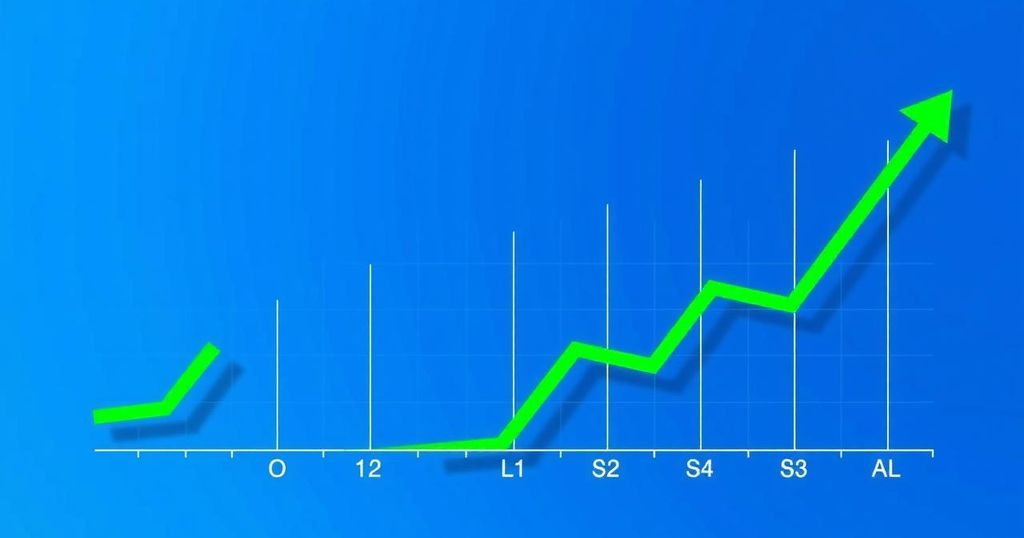In February 2025, Nigeria’s headline inflation decreased to 23.18% year-on-year, down from 34.80% in December. Food inflation stood at 23.51%, a significant drop from 37.92% the previous year. Urban and rural inflation rates also fell, indicating a change in economic conditions following recent government policy adjustments.
In February 2025, Nigeria witnessed a decrease in its headline inflation rate, which fell to 23.18% year-on-year, according to data released by the Nigerian Bureau of Statistics (NBS). This decline followed the rebasing of the Consumer Price Index to align with modern consumption patterns. The adjustment in inflation marks a significant shift from 34.80% in December 2024 to 24.48% in January 2025, highlighting the first substantial drop in over a decade.
Food inflation in Nigeria for February 2025 registered at 23.51% on a year-on-year basis, representing a notable reduction of 14.41% from the previous year’s rate of 37.92% in February 2024. NBS attributes this decline, in part, to the updated base year, 2024. However, month-over-month, food inflation experienced a minor increase of 1.67% and the overall headline inflation rate increased by 2.04% in the same period.
The urban inflation rate for February 2025 was reported at 25.15%, a decrease of 8.51 percentage points compared to February 2024’s rate of 33.66%. This urban rate also reflected a month-over-month increase of 2.40%. The twelve-month average for urban inflation reached 32.22%, which indicates an increase relative to the previous year.
Meanwhile, rural inflation showed year-on-year figures of 19.89% in February 2025, down by 10.09% from 29.99% recorded in February 2024. The month-on-month rural inflation rate in February stood at 1.16%. In terms of the twelve-month average, rural inflation reached 27.94%, indicating a rise compared to last year’s figures.
In summary, Nigeria’s inflation rates have seen a notable decline due to the recent rebasing of the Consumer Price Index and changes in socioeconomic factors. The headline inflation dropped to 23.18%, with urban and rural rates reflecting similar trends. As the economy adjusts post-subsidies and currency devaluation, ongoing analysis of inflationary trends will remain crucial.
Original Source: allafrica.com




